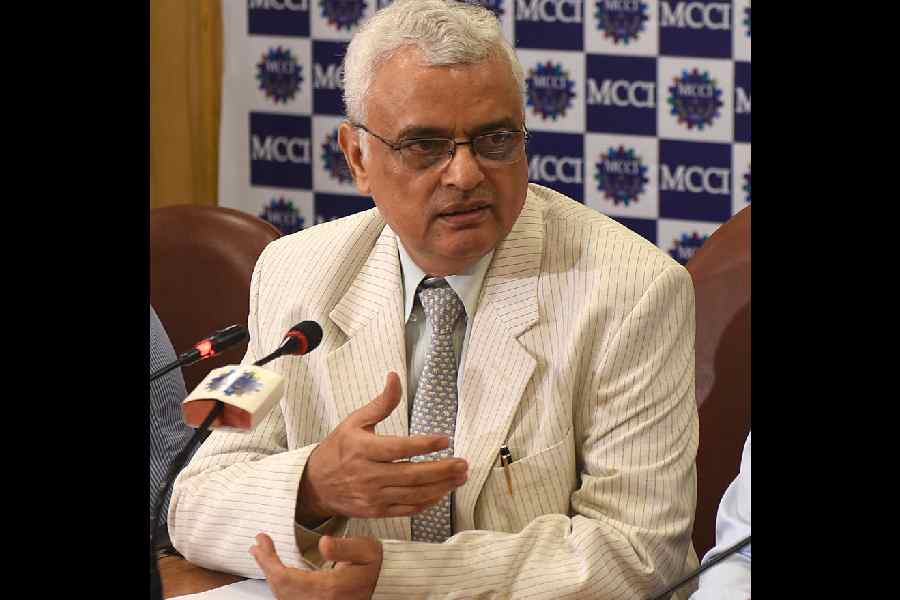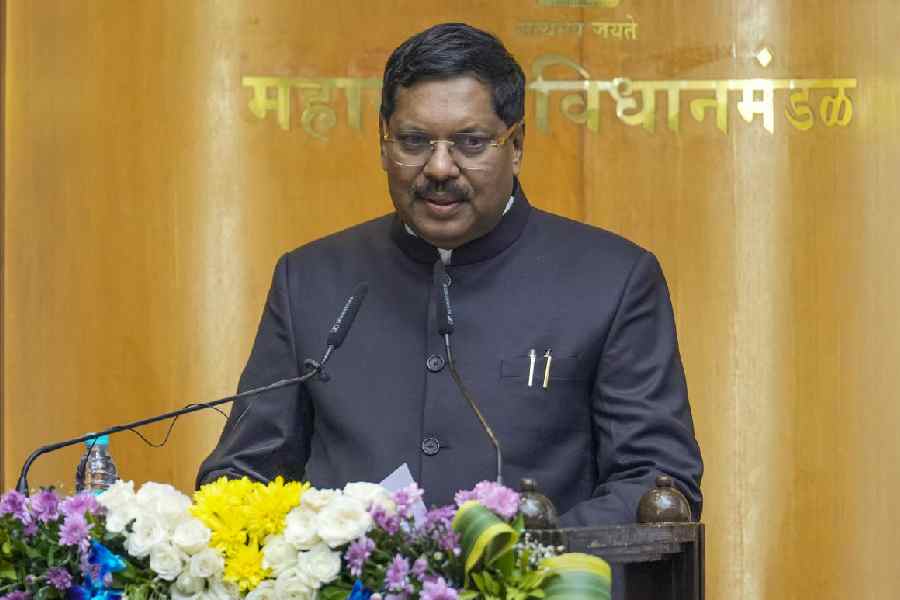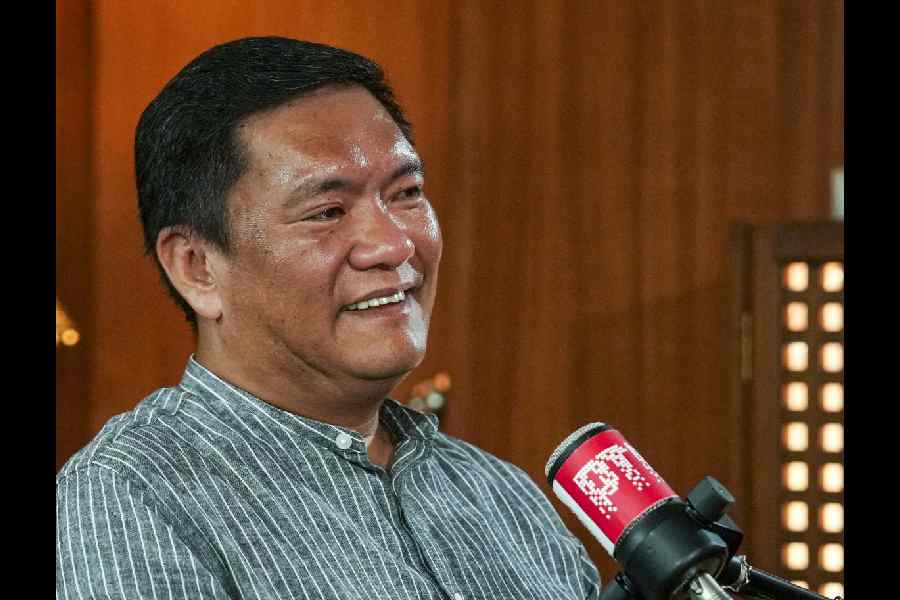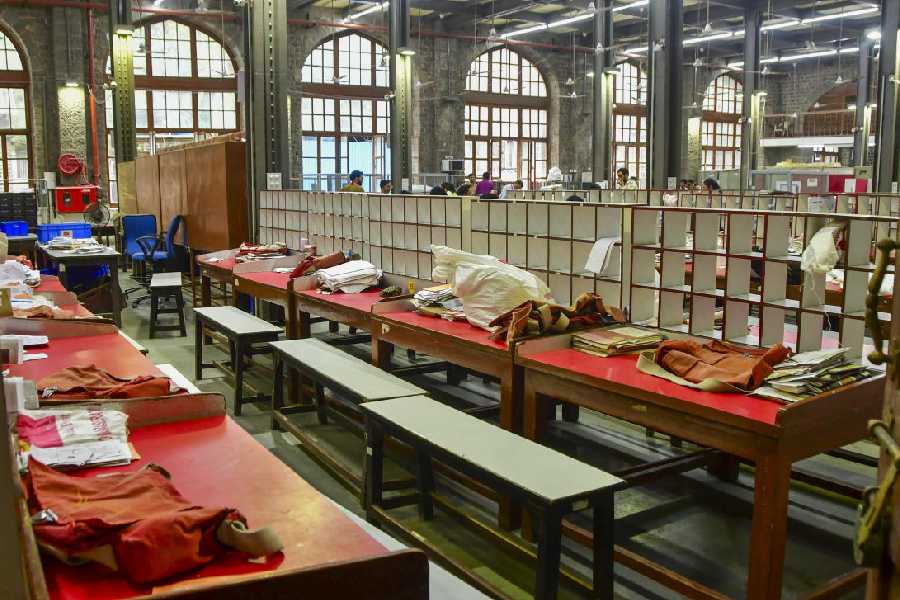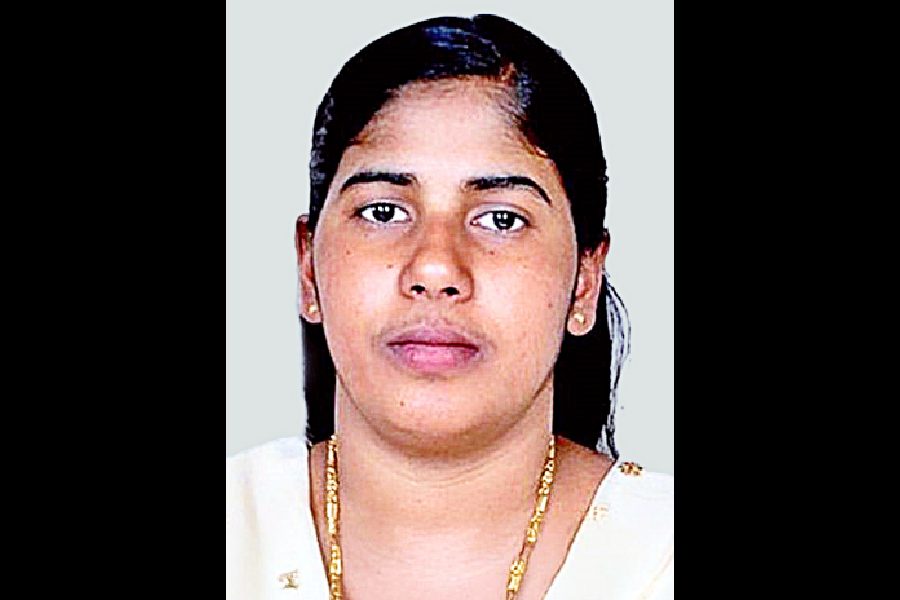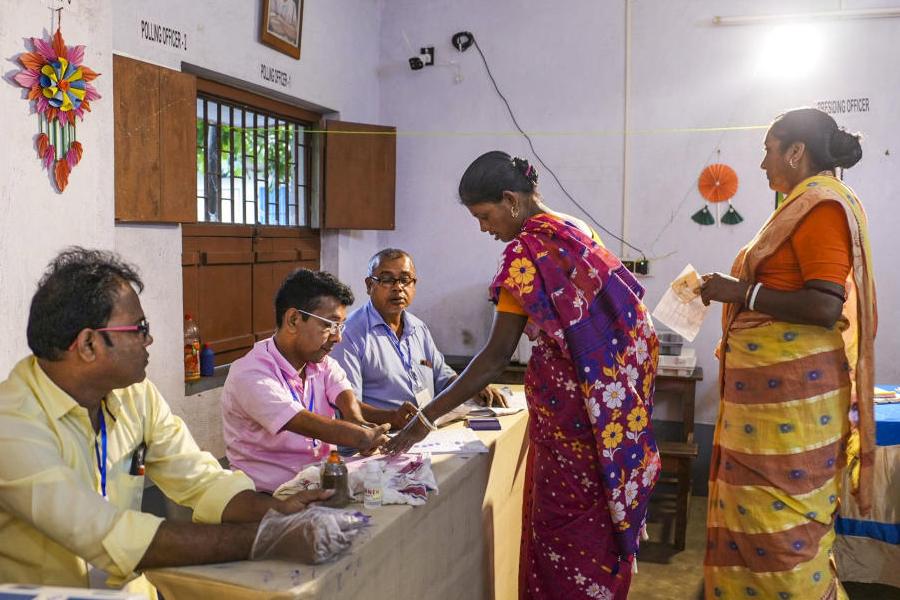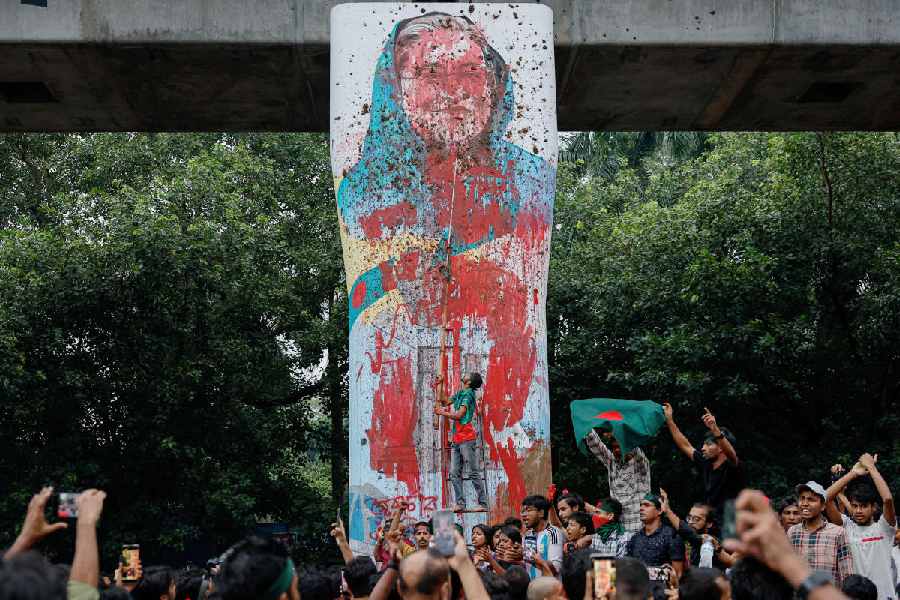It was around winter in 2011. A five-member group, comprising three post-graduate students of the political science department along with two teachers that included me and Santanu Chakravorty, had undertaken a three-hour river journey through the Brahmaputra to Nilagiya sar (sandbar) almost near the Bangladesh border.
It was basically a fact-finding mission on life and livelihood opportunities of the people living in the sar areas. While travelling, I had wondered whether such a journey would have been possible when the Assam Movement had taken a grip on the issue of East Bengal migrants. On our return to Dhubri, we all had a lively adda on our two-day stay at the sar.
Chakravorty and I, who were studying in Cotton College during the course of the Assam Movement (1979-85), almost had a story-telling session to our three students as to what were the main objectives of the Movement and the extent to which the Axomiya people had participated in the Movement to safeguard their identity.
In fact, it had all started during the colonial period itself when the government had a re-look at the land policy of the Ahom kings and had decided to use land as a source of revenue for the new regime. The civil and military officials of the colonial government were surprised to see the vast tracts of land virtually without any ownership and had gradually devised a policy of land for revenue generation.
It is in this context that the colonial government had encouraged migration of land-hungry peasants from East Bengal to Assam where land was settled with individual owners under the ryotwari system.
If we try to identify the major social groups in colonial Assam, it can be seen that along with the British and the Americans that were small but powerful groups, there were the Marwaris, Hindu Bengalis, Nepalis, Biharis, Bengali Muslims and Adivasis as well, that added colour to the demographic profile of the province. That was just the beginning of the entire history and legacy of migration that remains a reality in society and politics of Assam even today.
During the post-colonial period, it was the same story as migration continued from East Pakistan. In the 1970s the Mukti Bahini - a Bengali resistance group under the leadership of Sheikh Mujibur Rahman had raised the banner of revolt against the oppression and exploitation of West Pakistan, with the collaboration of the Indian army to liberate East Pakistan that had led to the formation of Bangladesh.
At that time, there was a kind of friendly welcome to the huge Bangladeshi refugees who migrated to Assam with a transit in the refugee camps. In our adda at the Dhubri circuit house, Chakravorty sang Bhupen Hazarika's Joy joynavajata Bangladesh, Joy joy Mukti Bahini, Bharatiyasanyar sate rasila maitrirkahini. It was during this post-colonial period that the Congress, being the major political party in the country, was accused of using the migrants from East Pakistan as a vote bank. It was pointed out in several socio-political analyses that the migrants from East Pakistan became a major vote bank for the Congress party along with that of the tea-garden labourers whose ancestors had also migrated to this part of the country from the areas of the Chotanagpur plateau in search of livelihood opportunities.
The Mangaldai byelection to Lok Sabha in 1979 was a turning point in the history of anti-migrant movement in Assam. When it was revealed that the electoral rolls of the Mangaldai Lok Sabha constituency had contained a large number of foreigners, AASU immediately took up the issue and demanded a postponement of the byelection until and unless the voter lists were corrected with the deletion of the names of the foreigners.
Nearly 70,000 complaints were lodged, challenging the authenticity of citizenship of a large number of people. That was the starting point of the six-year-long Assam Movement that had demanded the identification, deletion of foreigners' names from the voter lists and their immediate deportation. The movement had resulted in the Assam Accord in 1985 and subsequently the newly formed Asom Gana Parishad (AGP) came to power defeating the Congress. The AGP was riding high on the promise of a Xonor Asom free of Bangladeshis.
Three decades later, the BJP with its allies AGP, BPF, Tiwa and Rabha Jatiya Oikya Mancha is ready to script history with a massive mandate from the masses that it has secured in its favour in the recently-concluded elections. No doubt it was an impressive marketing and branding of the identity plan of the Indian people in Assam. At the ideological level, it is undoubtedly a new template that forms a much wider proposition than that which had developed in 1985 on the issue of Assamese identity. There has been a transformation of this relatively narrower proposition of Assamese identity to that of the Indian identity in Assam. The template in electoral terms had a mesmerising impact on the electorate and the threat points of such a crisis situation were targeted.
The obvious result was the marginalisation of the Congress and the AIUDF widely perceived as the initiator of the crisis in the eyes of the people.
We have already seen two massive victories, one in 1985 and the other in the just-concluded elections on the question of identity. But can victory be the end of it? Will it be wrong on our part to think in terms of certain immediate policy and administrative decisions on the issue of Bangladeshi migrants?
While electioneering in Assam as a part of the Lok Sabha elections, Prime Minister Narendra Modi had announced that there would be no Bangladeshis in Assam from the day on which results to the Lok Sabha elections would be announced. Interestingly, the BJP government, after securing power at the Centre, had almost regularised the citizenship of the Bangladeshi Hindus in Assam by providing them refugee status.
The problem, in fact, continues and there is no sign of an immediate solution. Hearing the news of refugee status of Bengali Hindus, my student called to say, "Sir, can this be a new approach of freeing Assam from the Bangladeshis? If the Bangladeshis in Assam can be converted overnight as Indians, Assam will definitely be free from Bangladeshis!"


